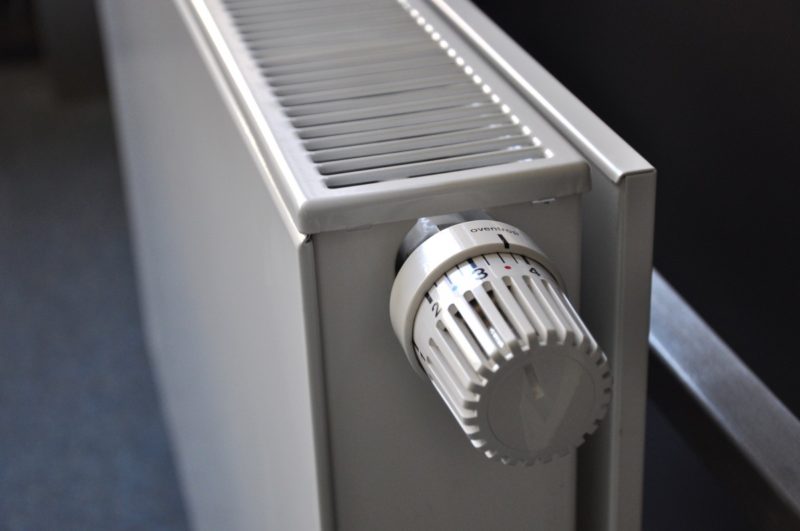Are you wondering why is my water heater leaking from the top? Defective pressure relief valve, faulty inlet valve, loose-fitting are the common cause that leads your water heater to leak from the top.
If found early enough, a leak coming from the top of a hot water system may nearly always be fixed. As water runs down the outside of the water heater if it is not repaired quickly, these sorts of leaks can cause significant and costly damages.
Water might access the electronic component area if a water heater leaking out from the roof is not fixed, resulting in an electrical short. Water damage to the flooring or walls around your water heater is another concern that might arise. It’s critical to act quickly if you believe the water is leaking from the hot water tank. In this article we have explained all the possible reasons for this problem, so without further ado, Let’s get started!
Why Does My Water Heater Leaking From The Top?
Leakage from the hot water system roof is usually quite simple to repair. The first step is to determine the source of the leak. Whenever you begin to work on the hot water system, we strongly advise you to cut off the electricity. Leaking the water heater from the top is the primary concern because if you do not fix it quickly, it does not harm your floor and causes severe electric shocks if you’re using an electric water heater. So, we have discussed why is my water heater leaking from the top for your ease.
#1. Corroded or loose pipe fittings
The prevalent cause of the water puddles forming on the top of your water heater is loose pipe fittings. Check for any water leaks at the water intake and output connections known as dielectric nipples. Examine the joint between the dielectric nipples and pipe and any additional fittings. If the leak emanates from one connecting location, use a wrench to tighten the pipe. A faulty connection might be the issue.
Corrosion frequently occurs in these nipples. You may have to repair the fitting itself if that’s the issue. It’s also conceivable that there’s a bigger problem with the tank. You’ll need to purchase a new hot water system if the tank starts to corrode.
Removing a water heater may be difficult, but it usually is not difficult to install the dielectric nipples. Copper tubing was used rather than threaded pipe in sure water heaters. We recommend contacting a trained plumber to conduct the repairs unless you are suitable to deal with copper.
#2. Pressure relief valve & temperature
The pressure relief valve (T&P valve) and temperature can be found on the top of your heater tanks. Here you can learn what is temperature and pressure relief valve. Pay particular attention to where the valve is located. If water leaks from the valve’s threads, you’ll have to replace it to figure out what’s wrong. If that’s the case, replacing the T&P valve with a new one is usually the best solution. You would like to ensure that the valves are correctly working since they are installed for protection. To replace your T&P valve, here’s what to do:
Flush f the tanks until it’s empty and the water level is well below the valve. To release air into the tank, use an adjacent hot water faucet. To remove the valve from the tank, we use a set of channel locks. Check the tank for rust and corrosion by looking through the gap in the valve. Your hot water tank will have to be repaired if there is any corrosion or rust. Cover the threading of the valve with Teflon tape when there is no apparent corrosion or rust. This will assist seal the valve. Then replace the T&P valve inside the container.
#3. Examine the cold water inlet valve
A puddle of water upon the top of your hot water system is usually a sign of a leak in the water input or outflow line. Examine the intake pipe for cold water first. Search for a ball or gate valve to switch off the water. A lever controls the flow of water through a ball valve. The valve opens whenever the lever is aligned to the pipe, allowing cold water into the tank. Look for any leaks in the valve.
If it’s dripping, adjusting the screw that links the handle to the faucet might be the solution. If the nut is still loose after you’ve tightened it and noticed that water is still leaking from the top, then it means that ut’s time to replace the cold water inlet valve instead of wasting time on repairing it.
It’s A Wrap!
We hope that reading this article is just fun for you, and after reading you, you will get a better understanding of why is my water heater leaking from the top. As discussed earlier, these three causes are the most prevalent reasons for this problem. Anyway, by fixing them, you can get rid of this issue. Thank you, friends, for being with us!
You may want to read related articles; know hot water heater makes noise when heating and why does my hot water heater keep tripping.

